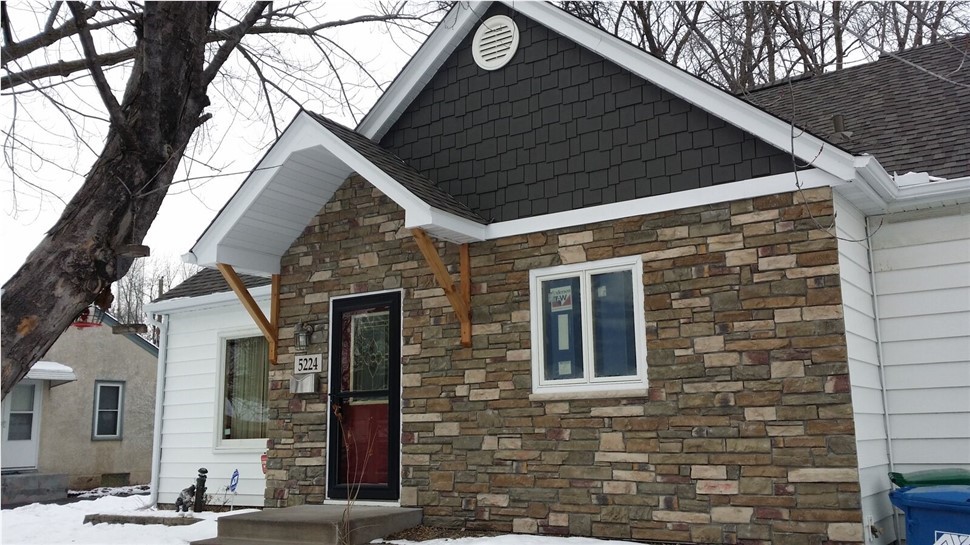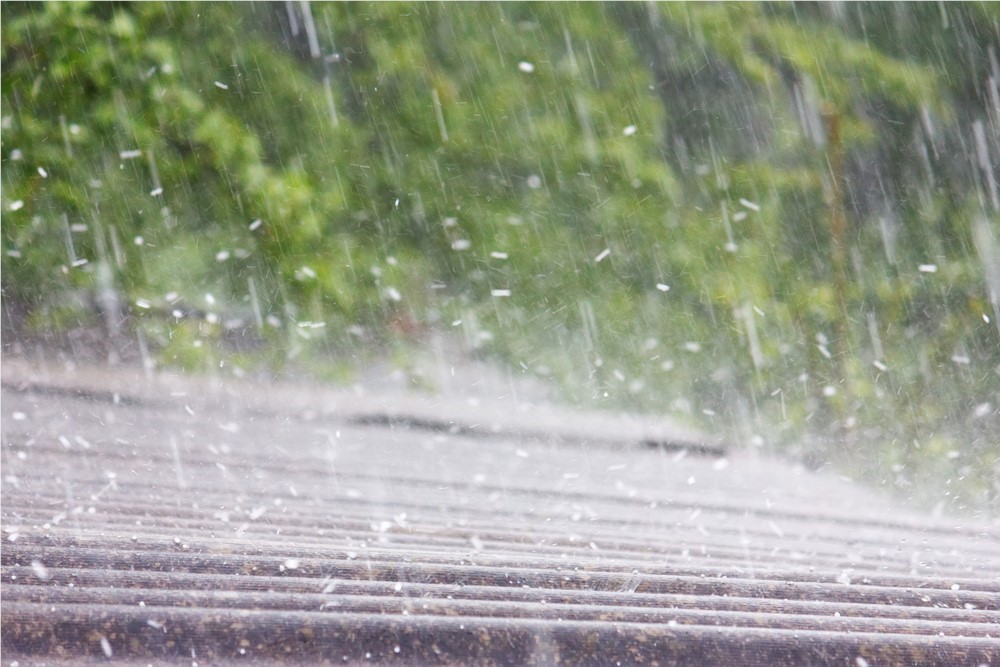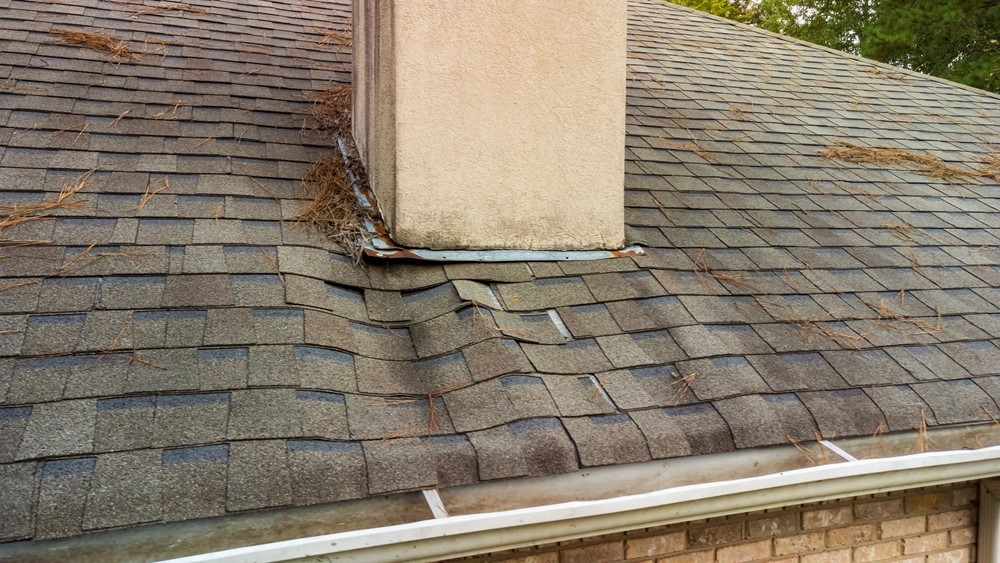
There is a growing awareness among homeowners of the need to improve the environmental friendliness of their lifestyles, and part of that means including use of more natural materials in their homes. Floor coverings have been getting attention lately, because of claims that synthetic materials may give off fumes that can cause respiratory and other problems. In addition to that, some people simply prefer to surround themselves with things made from natural fibers.
Wool is the most popular choice for carpeting and area rugs, but there are others such as jute, sea grass, and bamboo, not to mention woven cotton rugs. The traditional cotton "rag rugs" your grandmother scattered about her house are also making a comeback, both as a functional way to recycle cotton fabrics as well as a natural alternative to synthetic fibers such as nylon, olefin, acrylic, and polypropylene.
As home remodelers committed to green building products techniques, we're often asked about natural materials, and recently someone inquired about natural fiber floor coverings.
Q: I hear a lot about "natural fiber" carpeting. What's different about it than regular carpeting? Is it a better alternative for my home?A: Natural fibers are appealing to many, both from an aesthetic as well as an environmentally-conscious viewpoint. Many natural fiber carpets and rugs are made in a traditional manner on looms, some still operated by hand. Unlike synthetic carpeting materials, these fibers are from sustainable resources such as cotton or sisal, which is produced from the fibers of the agave cactus.
Depending on what material you select, natural fiber carpets can be as soft and warm as synthetics, though some materials such as jute, sisal, and sea grass are a little rougher and more durable. Unlike synthetic fibers, natural carpets are biodegradable and generally don't give off the potentially-toxic fumes that some synthetics can. Keep in mind, however, that installation which includes a synthetic pad and adhesives may still produce these problems you're trying to avoid by choosing natural fibers.
One further thing to keep in mind is that natural fiber flooring, is subject to some of the same drawbacks as regular carpeting. Cleaning can be difficult, and it can be a trapping place for dust, dirt, and food particles which result in odor. Water damage is more of a problem with natural fiber carpets as well, which makes them a potential breeding ground for mold and mildew.
Quarve Contracting has been providing exterior home remodeling services to Minneapolis and St. Paul area homeowners for nearly three decades, and we're committed to green building materials and techniques. While we do not sell or install floor coverings, we're interested in helping our clients live a more environmentally-friendly lifestyle, and we're glad to pass along information that could help.
Subscribe to Quarve Contracting's Blog







Comments